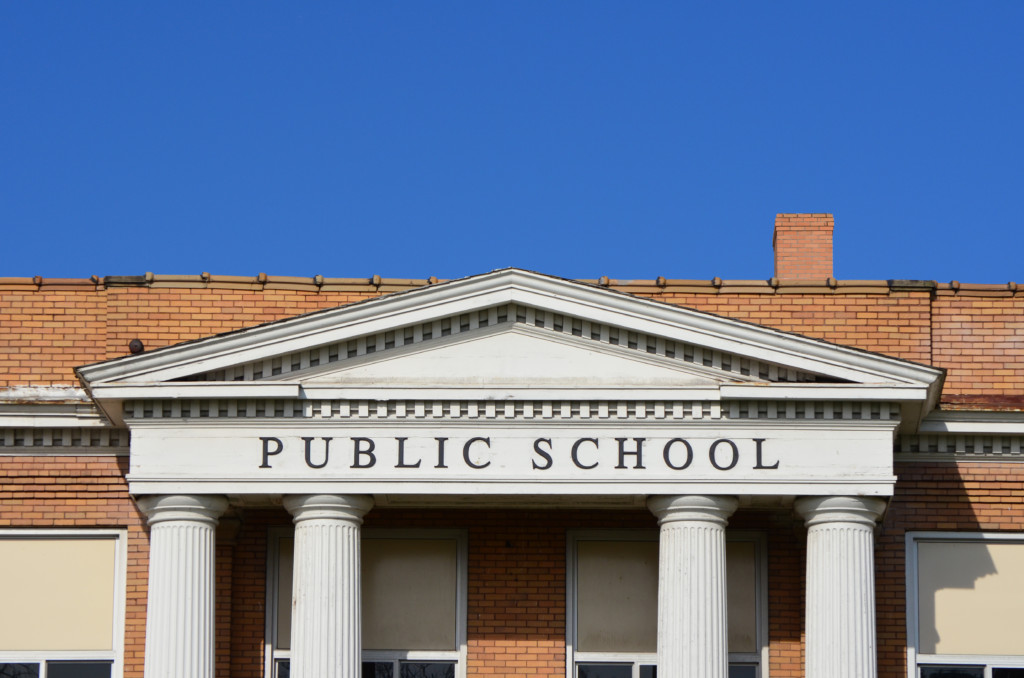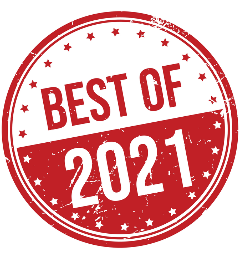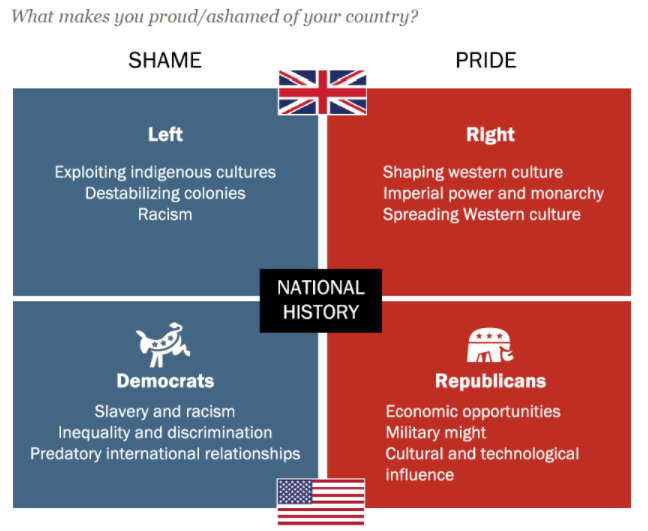 Editor’s note: reimaginED is proud to reintroduce to our readers our best content of 2021 such as this commentary from our Step Up For Students policy and public affairs colleague Patrick Gibbons.
Editor’s note: reimaginED is proud to reintroduce to our readers our best content of 2021 such as this commentary from our Step Up For Students policy and public affairs colleague Patrick Gibbons.
 What’s faster than a speeding bullet, more powerful than a locomotive and able to leap tall buildings at a single bound?
What’s faster than a speeding bullet, more powerful than a locomotive and able to leap tall buildings at a single bound?
Is it a bird? Is it a plane?
No, it’s public education!
Since the time of Horace Mann’s common school in the 19th century, American educators, politicians and commentators have been asking public education to take on multiple heroic tasks.
Mann not only wanted to educate the population, he wanted to assimilate and integrate immigrants. Some political commentators still share a similar view, though the idea of using public education to make America a melting pot has largely fallen out of favor.
A popular opinion today places the foundation of American democracy, as well as its very survival, in the hands of public education. These latter claims are growing louder as school choice gathers steam and the country fractures further into polarization.
But the public education system as we know it today was not instrumental in establishing the United States. In fact, diversifying and later desegregating education came about during Reconstruction, and after Brown v. Board of Education, neither of which occurred democratically; one came about via the U.S. military and the other by the court system.
America’s polarization can’t be blamed on school choice either. About 10% of the student population in the U.S. attends private K-12 schools today, a little less than was recorded way back in 1889, when 11.2% attended private schools, and lower still than the 14% peak in 1959. (You can see a chart of public and private school enrollment from 1869-70 to 2009 here.)
Compare this to less polarized countries like the United Kingdom, where 7% of students attend private schools; Germany, where 9% attend private schools; or even France, where 14% attend private schools. Each of those countries allows students to attend private schools at public expense.
Public education’s ability to heal political fracturing, if it is even possible, won’t come about because we mandate that schools teach the “right things.” In fact, fighting over what our schools should teach is part of the problem.
Across the country, including here in Florida, Republican-controlled legislatures have tried to ban incorporating lessons from the controversial New York Times “1619 Project,” or even elements of critical race theory. Some states already have banned these lessons.
It’s not hard to see why. Those on the political right and left in America don’t see the country, or its history, the same way. In fact, we seem to view opposing views as insulting to our very being.
The Pew Research Center found that those who identify as left-of-center in the U.S. and UK share more similar views about their respective countries and histories than people on the right. According to Pew, people who identify as left-of-center view their countries with shame while people on the right view their countries with pride.
 Focus groups in U.S., UK find Left and Right see the same aspects of history through a very different lens.
Focus groups in U.S., UK find Left and Right see the same aspects of history through a very different lens.
Who decides what version of America should be taught in public education? The authoritarian impulse is to have whoever holds the reins of power decide, rather than allow ideas to compete on their merits alone.
Politics is a zero-sum game. If you want to learn critical race theory in Idaho, too bad – it’s already been banned.
The nature of these zero-sum fights between the Right and Left is why the Cato Institute’s Public Schooling Battle Map has documented nearly 100 politicized cultural fights over education in 2021 already.
It’s only going to get worse as more of our personal preferences, morals and viewpoints are politicized in an increasingly pluralistic nation.
Polarization may be impossible for education to fix. In fact, we may be setting public education up for failure if we try.
Private schools in Florida’s education choice programs operate largely outside of that political zero-sum game. Private schools are routinely bashed by critics over their freedom to teach from textbooks and curriculums they choose rather than what politicians have chosen. The same critics who bash a Christian school for teaching Creationism need to take a step back and realize that same freedom grants another school the right to teach critical race theory or the 1619 Project.
Public education can’t do everything, especially when we disagree so strongly about any goal beyond education’s most basic mission. Perhaps instead of trying to make private schools function like public ones we should be doing the opposite: allowing public schools the freedom to teach like private ones, with parents free to choose among the schools that best match their needs and values.
Forcing people into schools, certain ways of teaching or thinking, or banning competing ideas isn’t going to create unity. It’s going to do the opposite.
Getting back to basics – teaching students how to think rather than what to think – would be a great start as far as education missions go. That task alone is heroic enough without asking teachers to also be the saviors of American industry or democracy.


